In Louis’ garden at the farm in Normandy where I stay, there is an abundance of plants. A mixture of species planted by human hands and sown naturally by the force of the winds. In the middle of the zucchini, grows a tomato plant. Leeks, salads and borage share a bed. Hollyhocks grow everywhere. And under the black radishes are harvested small potatoes which have grown by themselves. All of this grows under the cover of mulch and without much tillage. The sun and the water do most of the work. Permaculture says Louis, is to ensure production without working like crazy. But permaculture is above all a philosophy of life. It is a search for well-being, for a way of life that takes care of humans and nature and is based on sharing. Inspired by the functioning of ecosystems and traditional know-how. The concept of permaculture dates back to 1978. It was put down on paper by Bill Mollison and David Holmgren, two Australians who faced the destruction of biodiversity and soil fertility by industrial agriculture and sought to develop agricultural systems based on natural and resilient practices. But the concept of permaculture applies to all areas of our life and our society: habitat, education, economy, energies … So how can we more clearly qualify permaculture applied to Agriculture ?
Discovery of the concept of eco-culture
While leafing through the books in Louis’ library, I came across the concept of eco-culture in the manual of the well-known Bec-Hellouin farm, Vivre avec la Terre. If the feedback concerning the functioning of the Norman farm sometimes generates quite sharp criticisms, I found that the ideas developed in the manual were very relevant and in particular the approach of permaculture applied to agriculture qualified as eco-culture.
“Ecoculture is the agriculture of the living, it seeks to imitate in a fine way natural ecosystems, in particular based on the latest advances in life sciences. Its objective is to produce quality food for human beings while restoring the biosphere. Ecoculture fully integrates conceptual tools and permacultural design, and takes the best of pre-existing natural farming techniques, particularly agroecology. ” 1
The clarification proposed by the Bec-Bellouin team seems necessary to me, especially with the general public so as not to rule out the multiple applications of permaculture in all areas of human life. Contrary to what many people think, permaculture is more than an easy gardening method. Louis’ approach therefore applies what I would qualify as eco-culture. Its land is arranged in different zones (vegetable gardens, ponds, orchards, meadow, forest) which seek to set up productive ecosystems that respect nature.
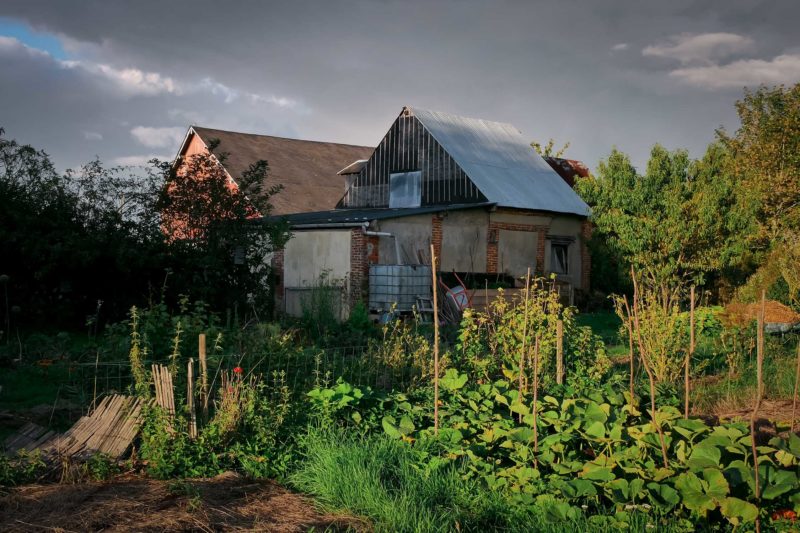
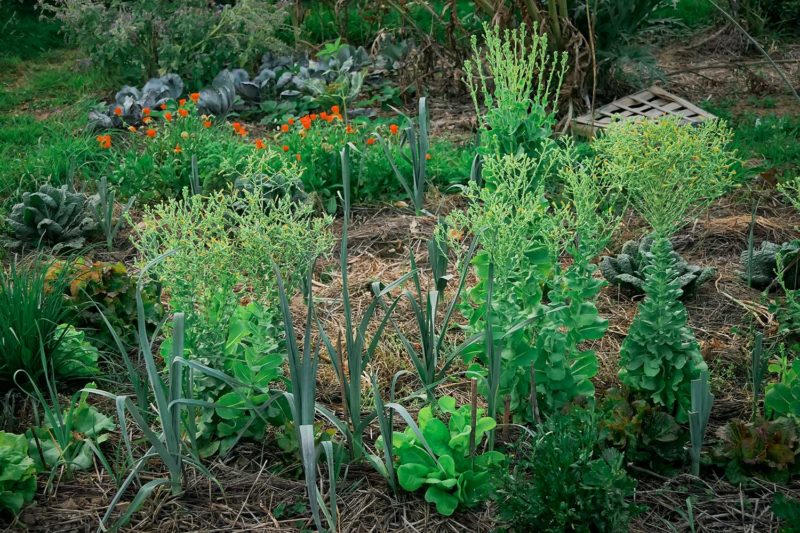
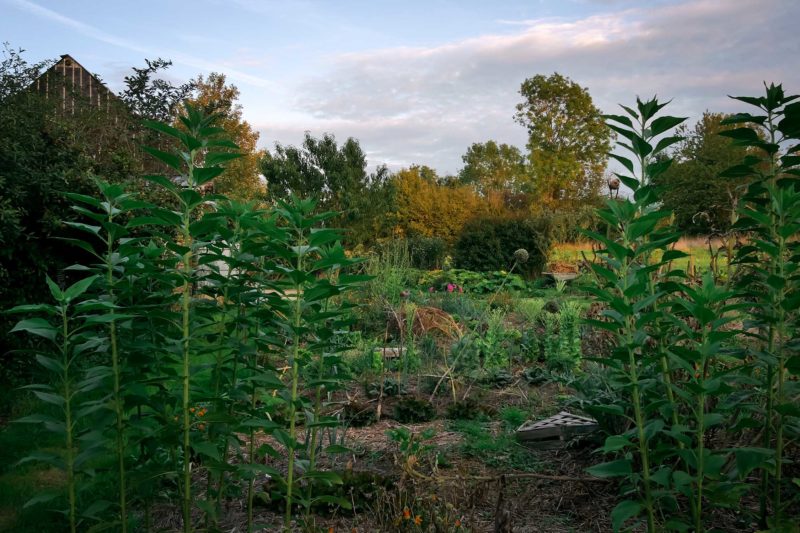
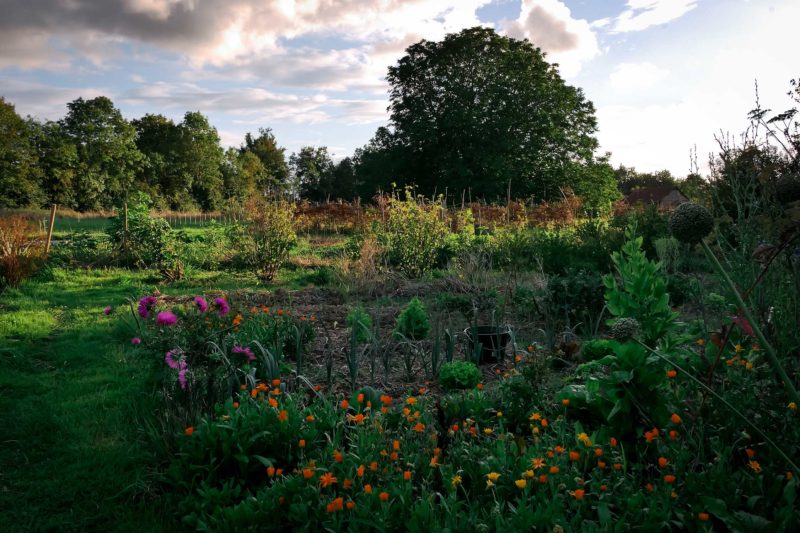
Le Bûcher’s vegetable garden on Louis’ property. The beds are mulched and the crops grow in association. The flowers plants grow in a somewhat archaic way between the crops which gives the impression of a garden evolving freely. The profusion of plants is pleasant but makes the work of maintenance and harvesting a little difficult.
Thoughts on how the farm works
However, it seems to me, after having observed and participated for two weeks in the work of the farm, that certain things could be improved. If the vocation of an agricultural space is to ensure good food production, whether it is simply to feed the inhabitants of the farm or for the purpose of selling it, it seems to me that the conception, design and practicality of the agricultural space must be essential concepts to set up. The production space must be thought out in advance, organized, monitored and easy to work with. In the farm’s vegetable gardens, the profusion of plants made it difficult to monitor the different species (where is the black radish?) As well as the work of maintaining the beds and transplanting the seedlings difficult (impossible to transplant the leeks without crushing the onion sprouts). Indeed, the arrangement of the beds and their organization had not been thought out enough to be functional, which is very important in a vegetable garden where you spend a lot of time. If the work in the vegetable garden is difficult, there is a good chance that the place will be a little neglected over time.
In addition, Louis based the association of plants largely on chance, which seems to me to be a bit of a shame when we know that certain plants associated with others work wonders. I think it is important for the good maintenance of the soil, the good growth of the plants and a good production to think upstream about the association of the plants and to set up a precise follow-up of the rotations so as not to always plant the same plants in the same place. Another remark concerns the tools dedicated to the maintenance of the vegetable garden which were not sharp enough or adapted to work really efficiently. The tools are the hand of the gardener and working with unsuitable tools increases working hours. All the more so when working with low-tech tools which need to be perfectly adapted to their use. If the idea of eco-culture was very present in Louis’ domain, it was not fully applied. Louis seemed for the moment, by choice or by lack of time, to plant a little randomly and not to have yet put in place a thoughtful conception of his food production. If I fully understand the desire to leave nature alone, it still seems important to me to set up an organized and monitored place if we want to have a satisfactory food production and especially to not spend too much time there.
By reading different books on permaculture, eco-farming, agroecology, organic market gardening and observing the dysfunctions of the farm, I asked myself many questions about how to design a productive agricultural space on a small scale. A vegetable garden or organic market gardening food production area applying the principles of eco-farming and using only animal or human traction seems to be the path put forward by a large number of micro-farms around the world. To this space is added, an orchard for the production of fruits, a forest garden for the establishment of a staged edible space, a production of aromatic and medicinal plants, flower beds and meadows for insects and a entirely wild space left to biodiversity. The whole must be thought out, considered and designed upstream with regular monitoring. Many of these concepts are brand new to me, who has only been discovering them for a few months and I feel myself becoming passionate about all these approaches that are much more respectful in their relationship to the earth.
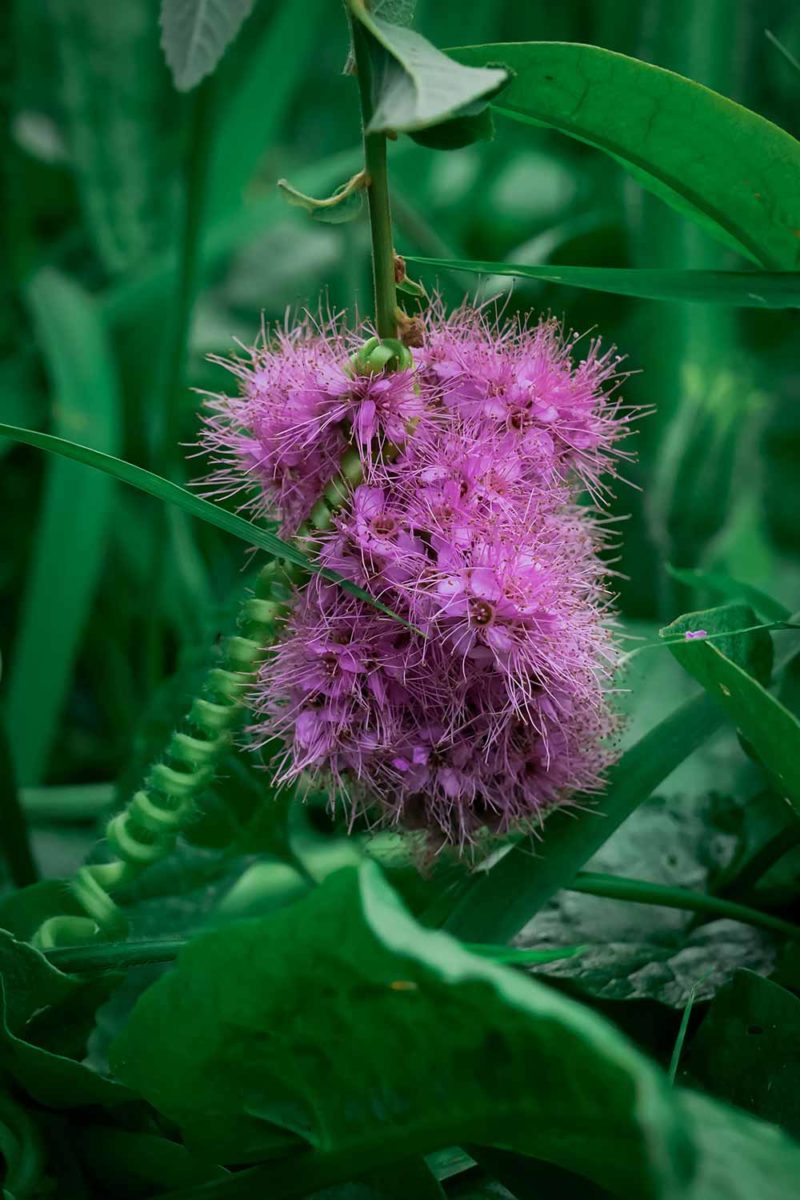
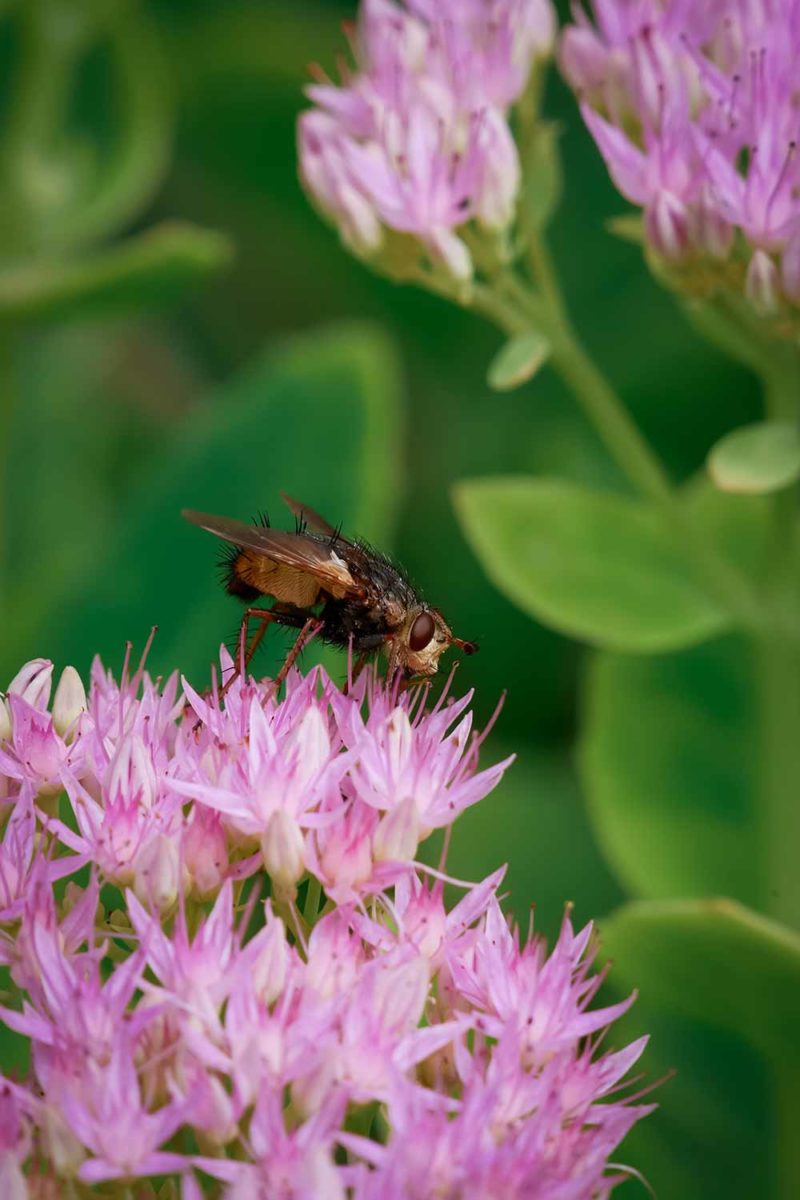
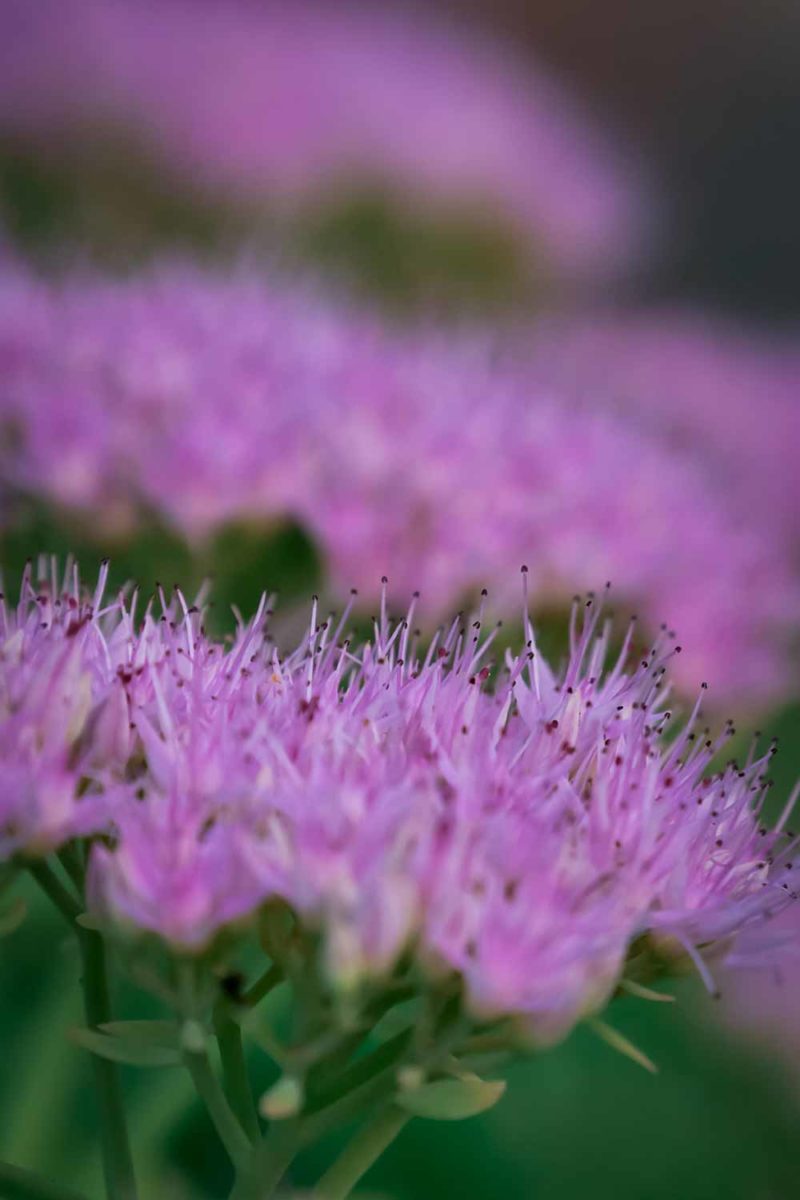
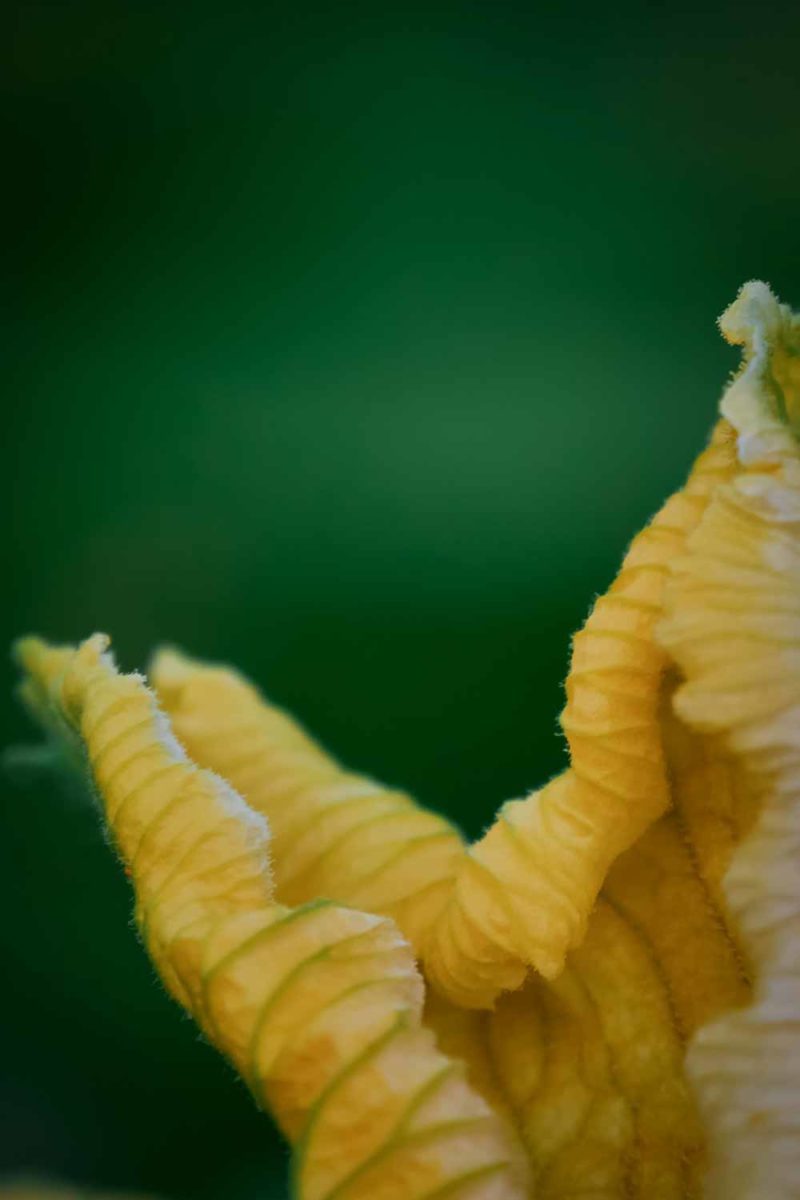
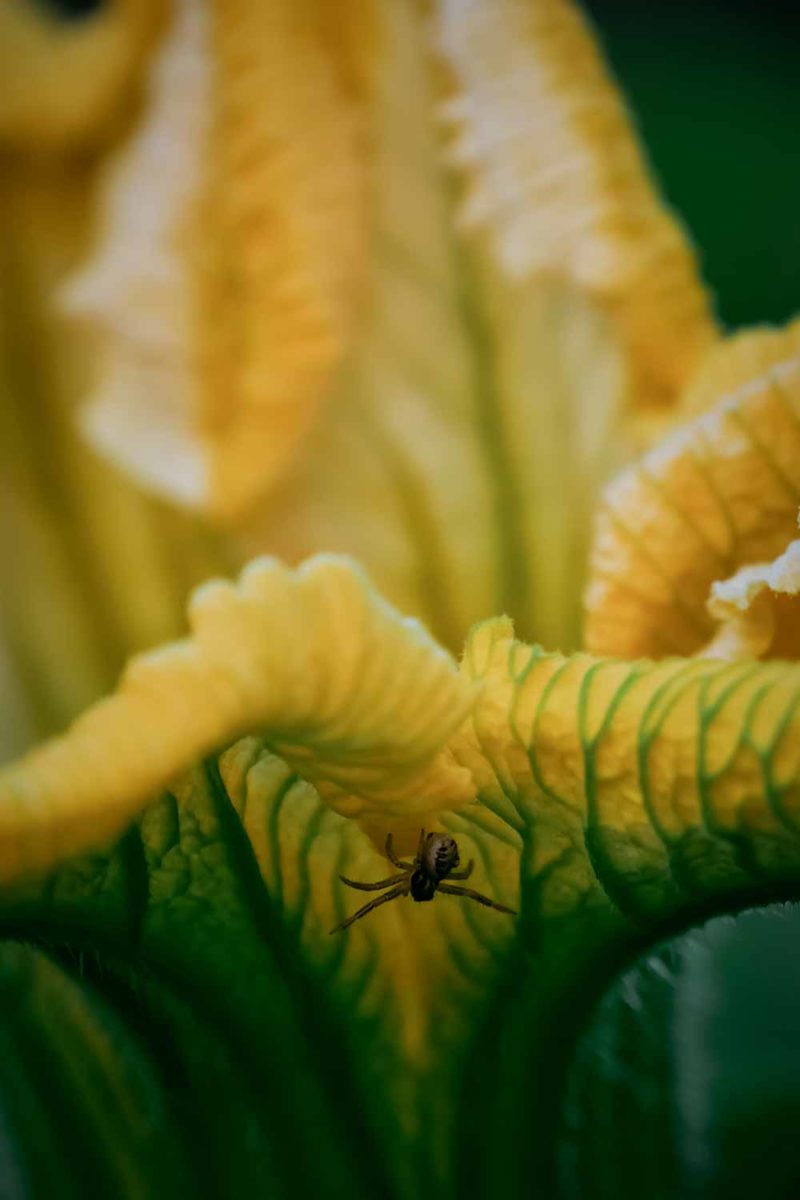
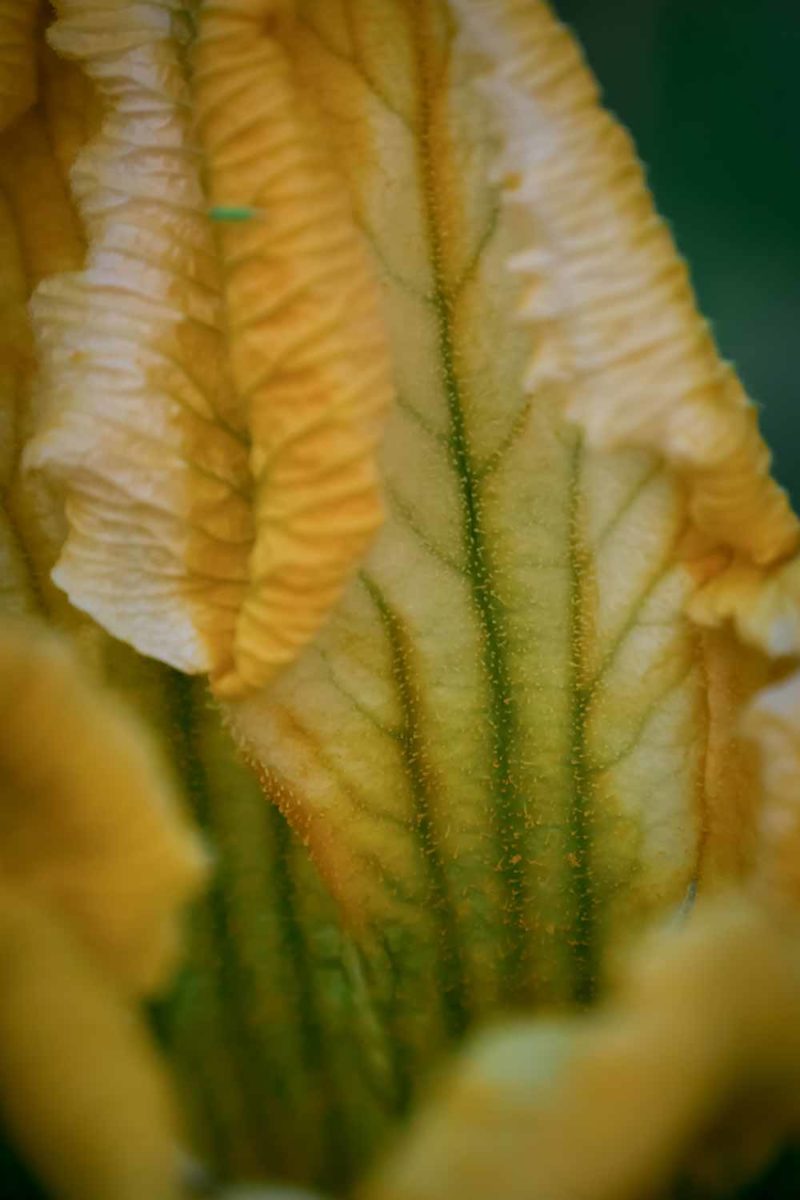
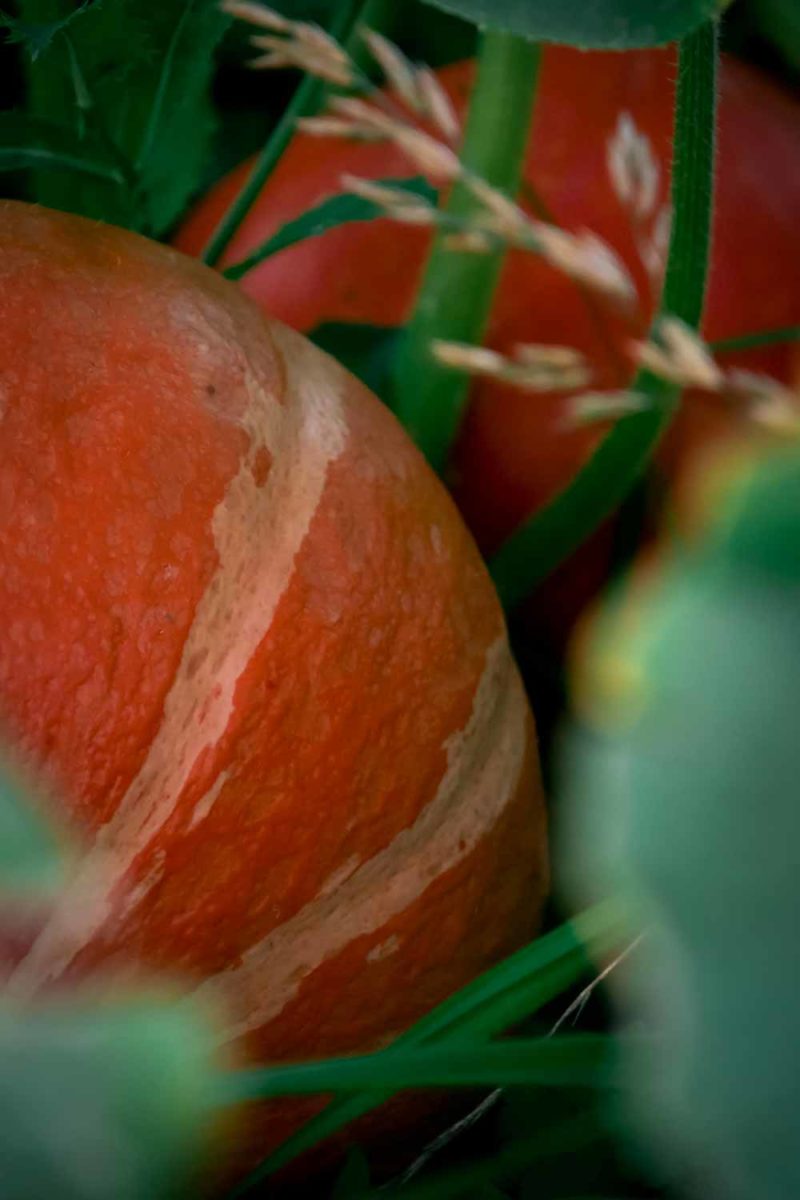
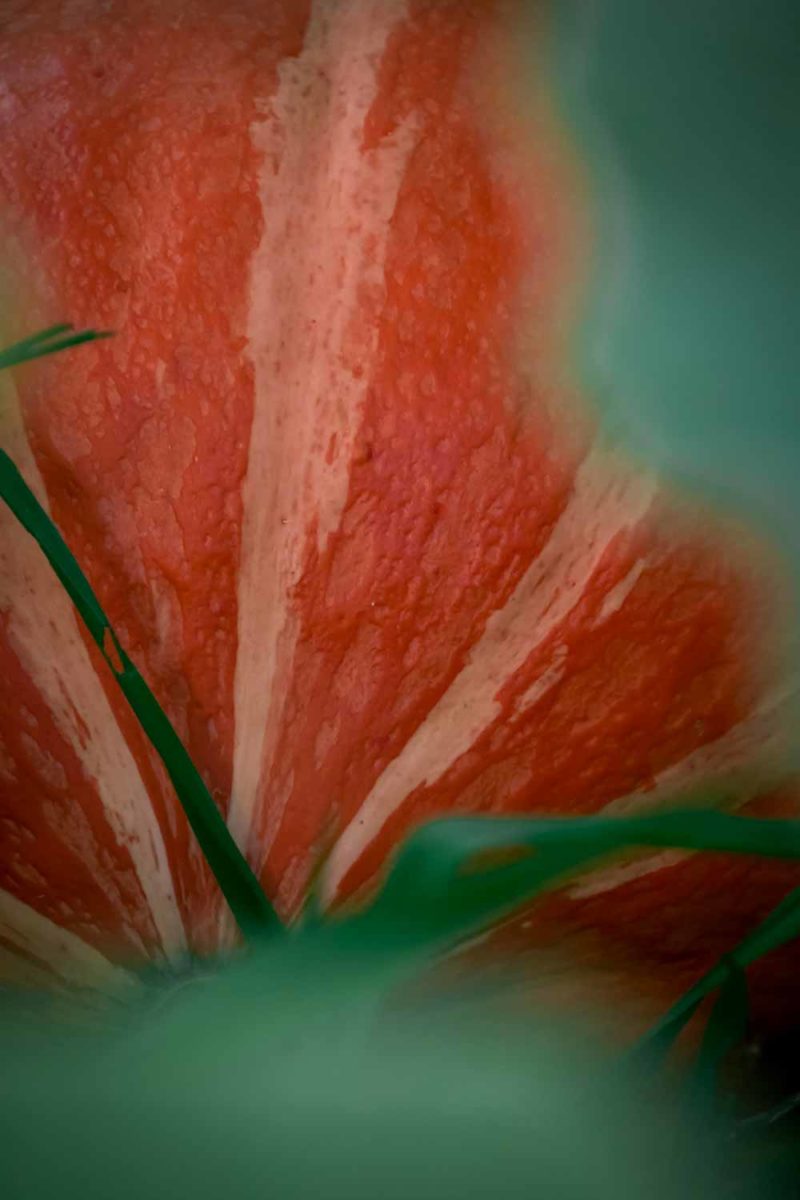
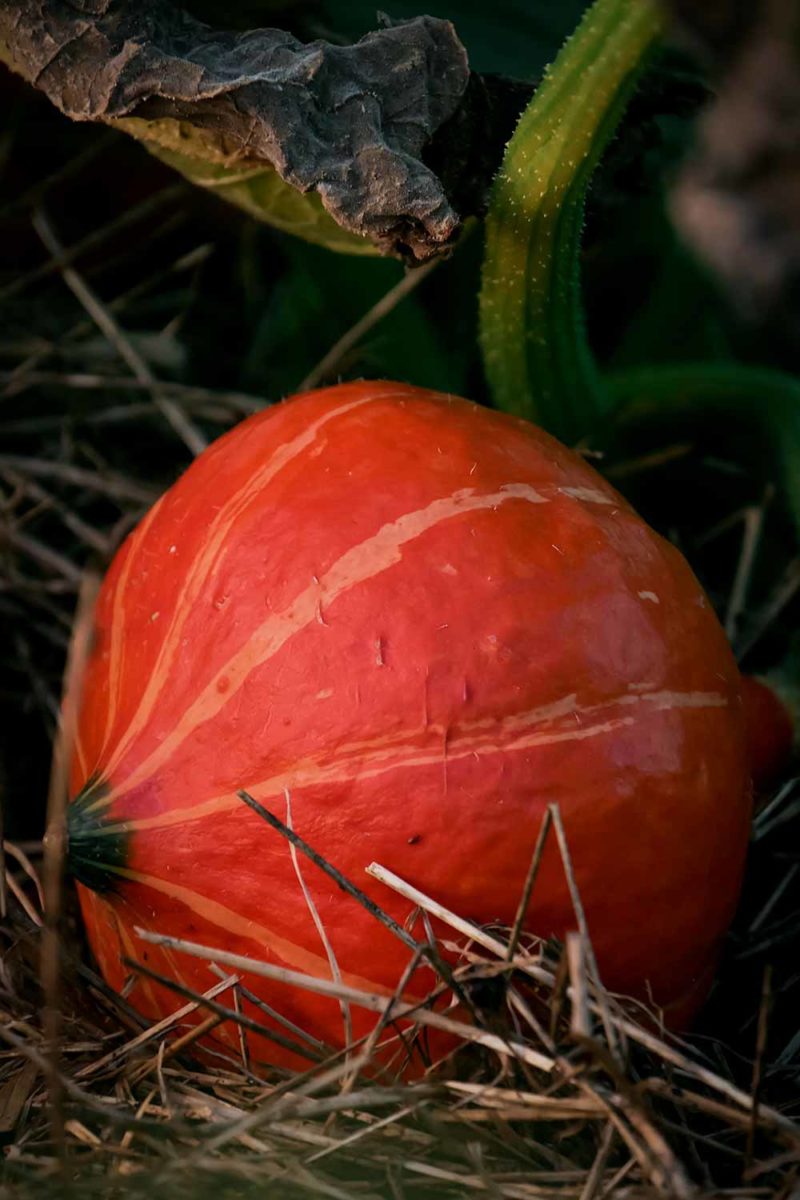
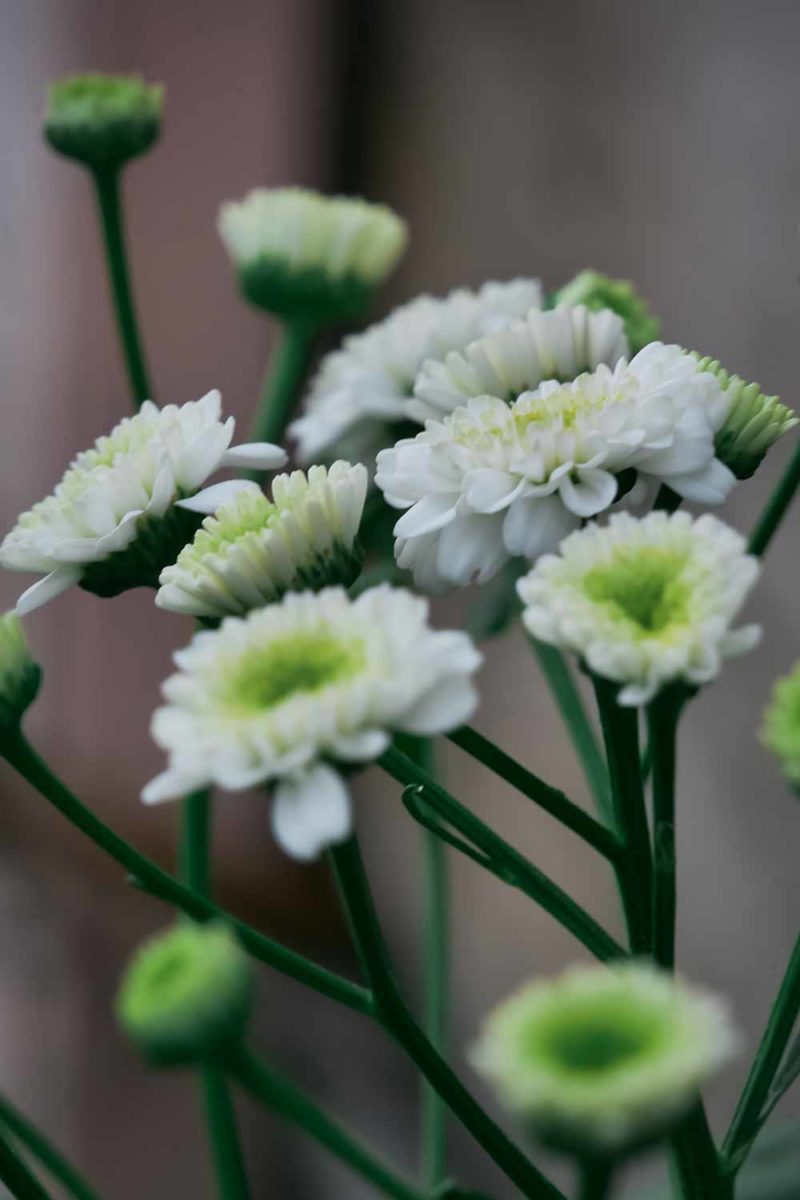
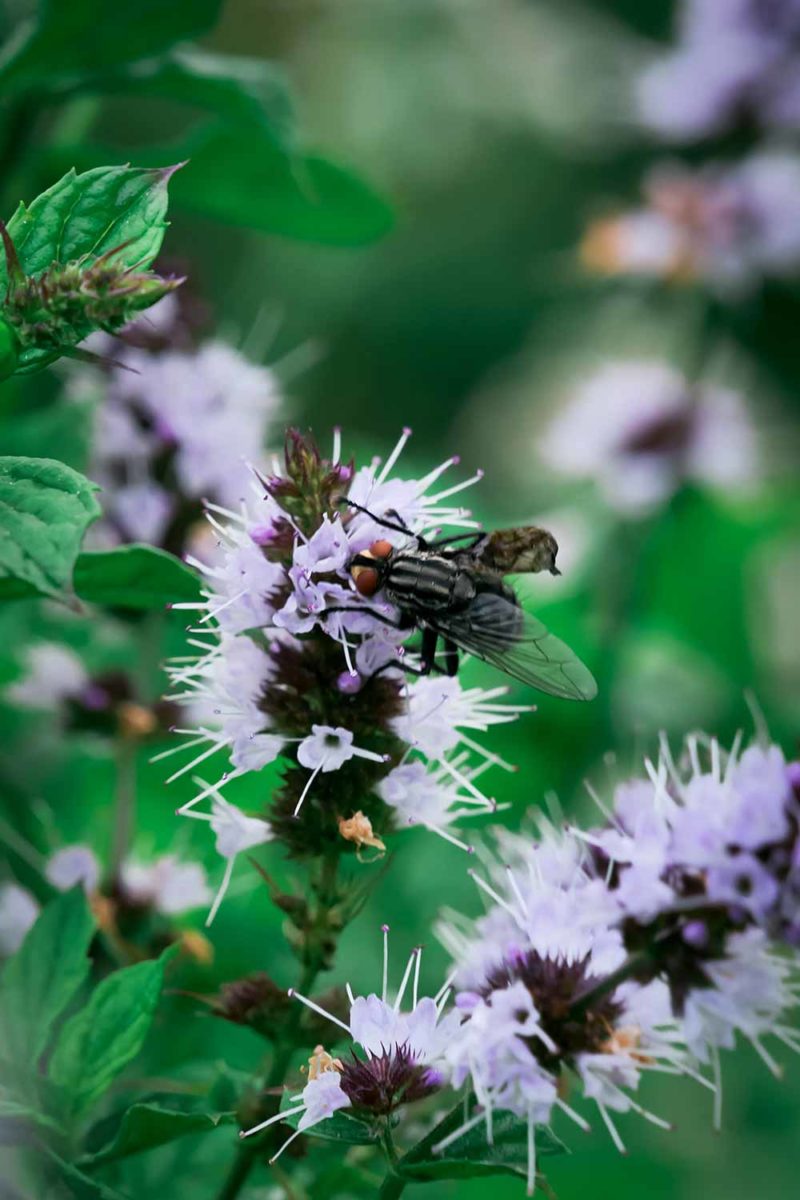

Play of colors in the garden between the flowers of sedum spectabile (roses), zucchini (yellow), pumpkins (oranges), chamomile flowers (bottom left) and nettles (bottom right).
1. Bec-Hellouin farm research program 2019-2025 (in French)
Note: In order to respect the right to privacy and anonymity on the internet, the names of people have been changed.
